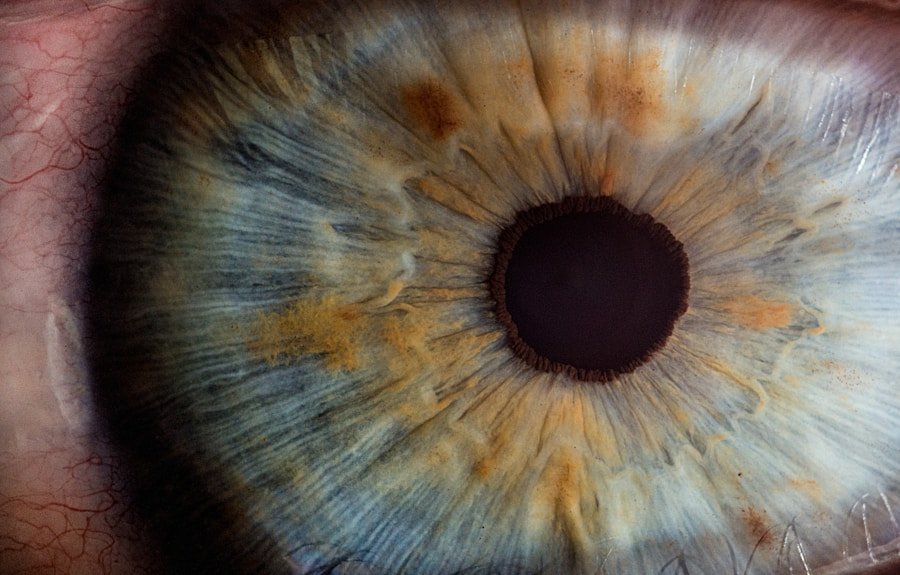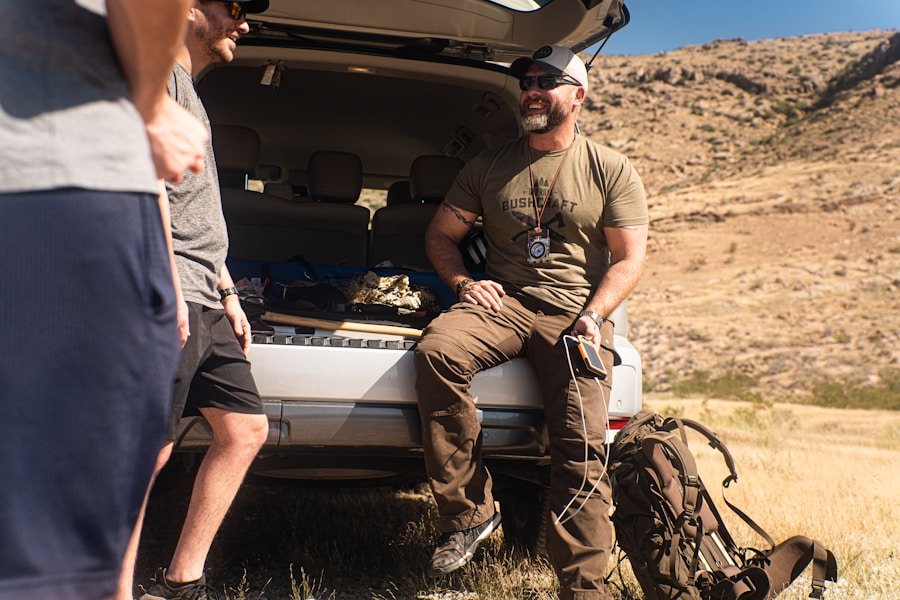One limitation of headlamps is the restricted hands-free movement they provide. Despite being designed to be worn on the head, they can feel bulky and constricting, particularly when attempting to perform tasks that require the use of both hands. This can be especially problematic when setting up camp, cooking, or engaging in other activities that demand dexterity and precision.
Furthermore, the limited range of motion can make it challenging to adjust the headlamp’s position, resulting in discomfort and frustration.
Key Takeaways
- Limited range of illumination can make it difficult to see beyond a certain distance, especially in larger camping areas.
- Restricted hands-free movement can make it challenging to perform tasks such as cooking or setting up a tent while wearing a headlamp.
- Potential disturbance to others can occur if the headlamp is not adjusted properly and shines directly into someone else’s eyes.
- Battery life and power source limitations can be a concern, especially for longer camping trips without access to electricity.
- Glare and eye strain can occur if the headlamp is too bright or not positioned correctly, leading to discomfort and reduced visibility.
In addition to the limited range of illumination and restricted hands-free movement, headlamps can also pose potential disturbance to others. The bright light emitted from a headlamp can be disruptive to fellow campers, especially when trying to enjoy the peace and tranquility of the outdoors. The harsh light can also disrupt wildlife and nocturnal animals, potentially causing them distress or altering their natural behavior.
This can be particularly problematic in areas with sensitive ecosystems or protected wildlife.
Furthermore, headlamps are often limited by their battery life and power source. While some headlamps are rechargeable, others rely on disposable batteries which can quickly drain and need frequent replacement. This can be inconvenient and costly, especially when camping in remote areas where access to replacement batteries may be limited.
Additionally, the reliance on batteries means that headlamps are not always a reliable source of light, as they can unexpectedly die out, leaving campers in the dark. This can be particularly dangerous in emergency situations or when navigating through unfamiliar terrain.
Another disadvantage of using headlamps for camping is the potential for glare and eye strain. The concentrated beam of light emitted from a headlamp can create glare, making it difficult to see clearly and causing discomfort to the eyes. Prolonged exposure to this glare can lead to eye strain and fatigue, making it difficult to focus on tasks or navigate through the campsite.
This can be particularly problematic when trying to read maps or perform other activities that require visual acuity.
Additionally, headlamps can be heavy and uncomfortable to wear for extended periods of time. The weight of the headlamp can cause discomfort and strain on the neck and head, especially when worn for long hikes or during extended periods of activity. This can be particularly problematic for those with neck or back issues, as the added weight can exacerbate existing discomfort and lead to further strain.
Finally, headlamps can limit peripheral vision, making it difficult to be aware of your surroundings. The concentrated beam of light emitted from a headlamp can create tunnel vision, making it difficult to see what is happening in your periphery. This can be particularly dangerous when navigating through uneven terrain or when trying to spot potential hazards or wildlife lurking just beyond the reach of the headlamp’s beam.
Additionally, the limited peripheral vision can make it difficult to be aware of other campers or wildlife in the area, potentially leading to accidents or disturbances.
| Disadvantages of Using Headlamps for Camping |
|---|
| 1. Limited Coverage |
| 2. Restricted Peripheral Vision |
| 3. Glare for Others |
| 4. Battery Life Limitations |
| 5. Uncomfortable for Prolonged Use |
In conclusion, while headlamps are a convenient and portable source of light for camping, they come with several disadvantages that should be considered. From limited range of illumination and restricted hands-free movement to potential disturbance to others and battery life limitations, there are several drawbacks to relying solely on headlamps for lighting in a camping setting. It is important for campers to weigh these disadvantages against the convenience of using a headlamp and consider alternative lighting options that may better suit their needs.
FAQs
What are the disadvantages of using headlamps for camping?
1. Limited light coverage
Using headlamps for camping may provide limited light coverage compared to other lighting options such as lanterns or overhead lights. This can make it difficult to illuminate a larger area for group activities or cooking.
2. Limited battery life
Headlamps typically have limited battery life, especially when used on higher brightness settings. This can be a disadvantage for longer camping trips or in situations where access to replacement batteries is limited.
3. Uncomfortable to wear for extended periods
Wearing a headlamp for extended periods of time can become uncomfortable, especially if the headlamp is heavy or has a tight headband. This can cause discomfort and headaches for some users.
4. Limited peripheral vision
Headlamps can restrict peripheral vision, making it difficult to see objects or obstacles outside the direct beam of light. This can be a disadvantage when navigating through uneven terrain or dense vegetation.
5. Attracts insects
The bright light emitted by headlamps can attract insects, which can be bothersome during camping trips. This can be particularly problematic in areas with a high insect population.













